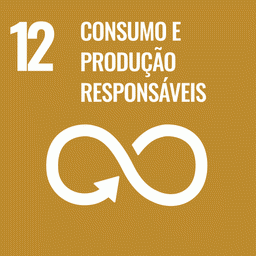The Cerrado biome in Brazil is characterized by a mosaic of vegetation types similar to African savanna and has one of the highest levels of biodiversity in the world. Wildfires have historically contributed to shaping the natural vegetation and are now being used in the establishment and management of agricultural systems and pastures. Consequently, the fire regime has been changing over the last few decades and increasingly affecting native vegetation, natural habitats, and ecosystem services in tropical regions. Mapping fire dynamics and spatial distribution are crucial to assess impacts on ecosystems and to define and enforce strategies and measures of fire control and prevention. In this study, we developed an alternative approach for mapping burned areas in the Cerrado biome in Brazil, using Landsat imagery and Deep Learning algorithm, implemented on the Google Earth Engine and on Google Cloud Storage platform. We compared our mapping results with two Burned Area products developed by INPE (30 m resolution) and MODIS MCD64A1 Burned Area Product (500 m resolution). Additionally, we assessed the accuracies of these three mapping products using 2,200 validation points within the study area. By comparing our mapping result with MCD64A1 and INPE burn scar products, we estimated an average agreement of 34% for both. We observed that most mapping disagreements were mainly because of the effects of clouds/shadow conditions that affected the ability for spectral observations, differences in methodologies, and spatial resolution of each remotely sensed datasets used for mapping burned areas. Our validation results indicated an overall accuracy of 97% of our methodological approach for mapping burned areas and, therefore, it can be successfully applied across savanna regions. Our results showed that 202,230 km2 was affected by fires within the Cerrado biome in 2017, in which 31% overlapped cropping lands (agricultural fields and pastures) and 67% overlapped various types of native vegetation (forest, savanna and grassland). Our proposed methodological approach and its results can be useful to enforce environmental command and control policies and to estimate carbon emissions, analyses interactions between climate and ecological drivers of fire, develop predictive models of fire risk dynamics, and providing spatial information that can help public policies and fire management/prevention actions for the Cerrado conservation.
Savannas on two different substrates in Brazil have a similar species diversity, but distinct edaphic conditions and species composition
In South America, the largest area of tropical savanna is the Brazilian Cerrado biome, which encompasses a considerable range of environmental variation, with different types of soil, geology, geomorphology and climate, as well as distinct types of vegetation....


